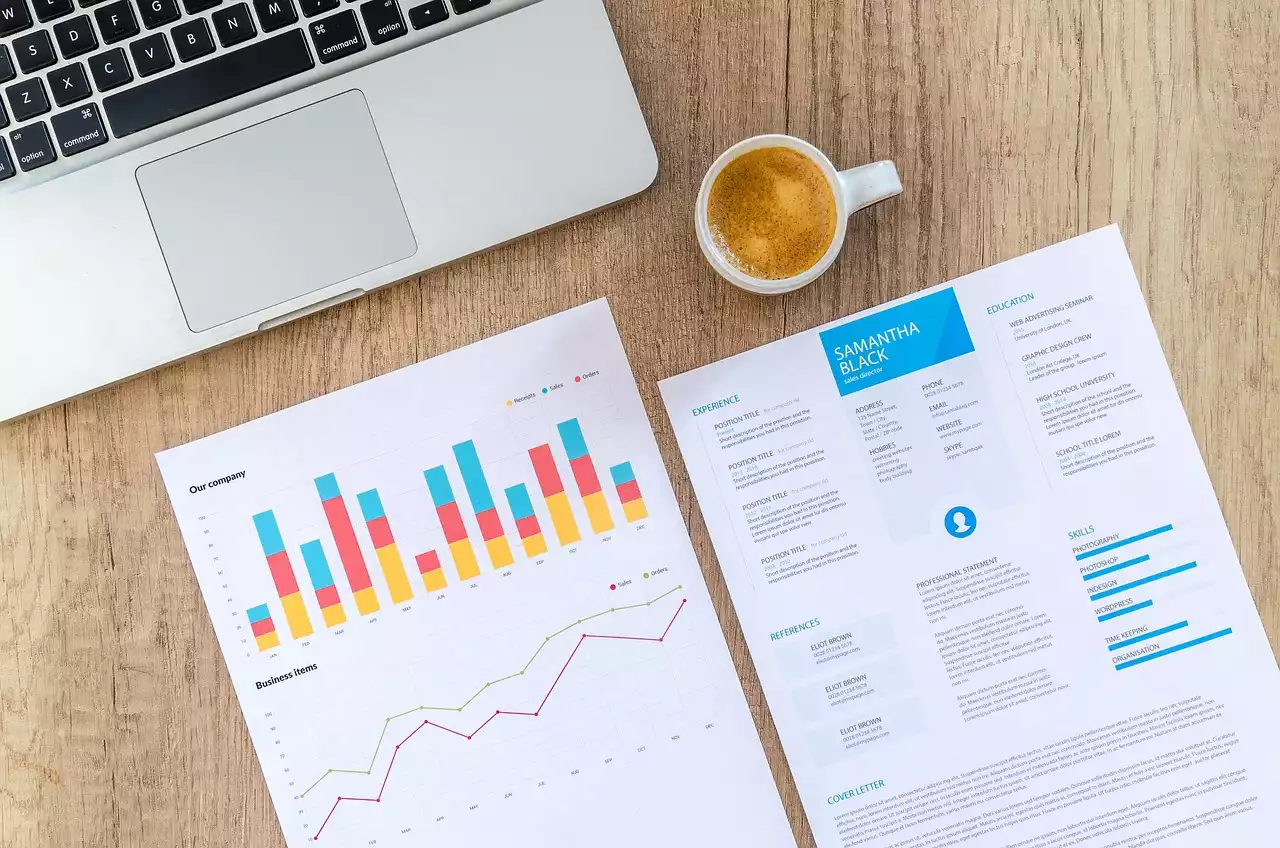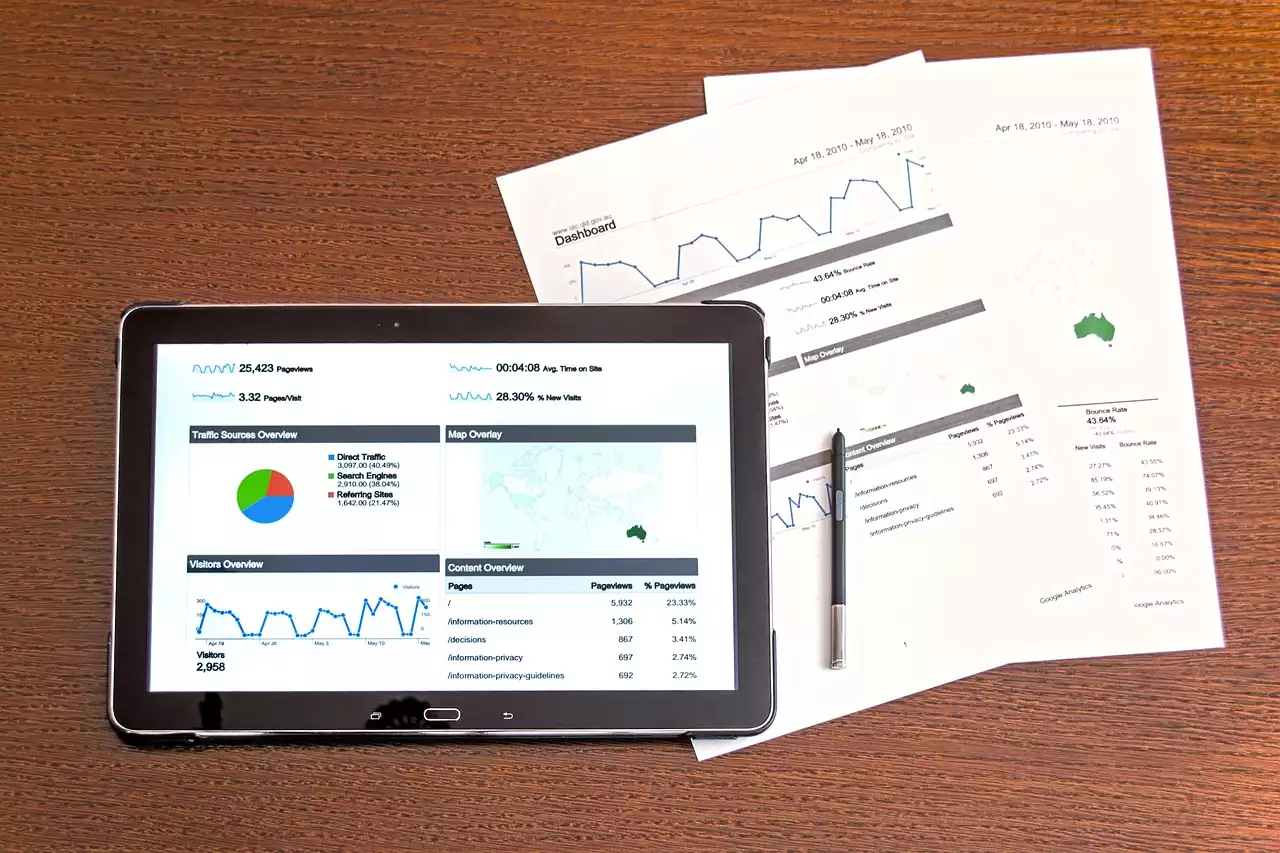Advantages of using AI and predictive analytics
One of the biggest advantages of using AI and predictive analytics is the ability to analyze vast amounts of data in real-time. This allows businesses to gain insights that would be impossible to uncover using traditional methods. For example, AI and predictive analytics can help businesses identify patterns and trends in customer behavior that would be difficult to spot otherwise. This information can be used to personalize marketing messages, improve customer experiences, and increase revenue.
Another advantage of using AI and predictive analytics is the ability to automate repetitive tasks. For example, AI-powered chatbots can handle customer inquiries and support tickets, freeing up human agents to focus on more complex tasks. This not only improves efficiency but also reduces costs.
Finally, AI and predictive analytics can help businesses make more informed decisions. By analyzing historical data and predicting future outcomes, businesses can make decisions that are based on data rather than guesswork. This can lead to better business outcomes, improved customer satisfaction, and increased revenue.
Real-world applications of AI and predictive analytics
AI and predictive analytics have a wide range of real-world applications across various industries. For example, in the healthcare industry, AI and predictive analytics can be used to predict patient outcomes, identify at-risk patients, and improve treatment plans. In the financial industry, AI and predictive analytics can be used to detect fraud, assess credit risk, and optimize investment portfolios.
In the retail industry, AI and predictive analytics can be used to personalize marketing messages, recommend products, and optimize pricing strategies. E-commerce giant Amazon is a prime example of how AI and predictive analytics can be used to drive growth. The company uses AI to analyze customer data and predict which products they are likely to purchase. This information is then used to personalize product recommendations and marketing messages.
Limitations and challenges of AI and predictive analytics
While AI and predictive analytics offer many advantages, there are also limitations and challenges to consider. One of the biggest challenges is the quality of the data being used. AI and predictive analytics rely on large amounts of high-quality data to be effective. If the data being used is incomplete, inaccurate, or biased, the results will be unreliable.
Another challenge is the complexity of implementing AI and predictive analytics. These technologies require specialized skills and expertise to implement and maintain. Additionally, there is a shortage of qualified professionals who can develop and implement AI and predictive analytics solutions.
Finally, there are ethical considerations to be aware of. AI and predictive analytics can be used to make decisions that impact people's lives, such as hiring decisions or credit assessments. It's important for businesses to ensure that their AI and predictive analytics solutions are transparent, unbiased, and ethical.
Implementing AI and predictive analytics in your business
Implementing AI and predictive analytics in your business can be a complex process, but it doesn't have to be overwhelming. The key is to start small and focus on specific use cases. Here are the steps to follow:
Understanding the data and preparing it for AI and predictive analytics
Before you can start using AI and predictive analytics, you need to understand the data you have and how it can be used. This involves identifying the sources of data, cleaning and organizing the data, and identifying any gaps or inconsistencies in the data.
Building and training your predictive model
Once you have prepared your data, you can start building your predictive model. This involves selecting the appropriate algorithms, training the model on historical data, and testing the model to ensure its accuracy.
Evaluating and refining your predictive model
After you have built and trained your predictive model, you need to evaluate its performance and refine it as needed. This involves monitoring the model's accuracy over time, identifying areas for improvement, and making adjustments to the model as needed.
Integrating AI and predictive analytics into your business processes
Once you have a working predictive model, you need to integrate it into your business processes. This involves identifying the processes that can benefit from AI and predictive analytics, and integrating the model into those processes.
The future of AI and predictive analytics
As AI and predictive analytics continue to evolve, we can expect to see even more innovative applications and use cases. For example, AI-powered virtual assistants and chatbots will become even more sophisticated, allowing businesses to provide personalized and responsive customer support. Additionally, AI and predictive analytics will be used to optimize supply chain management, improve resource allocation, and enhance cybersecurity.
By leveraging these technologies, businesses can gain a deeper understanding of their customers and marketplace, and make more informed decisions. However, implementing AI and predictive analytics requires careful planning and execution. By following the steps outlined in this article, businesses can successfully implement AI and predictive analytics in their operations and gain a competitive edge in the digital marketplace.









